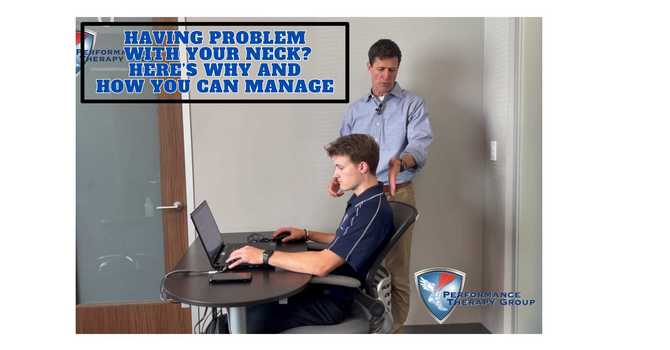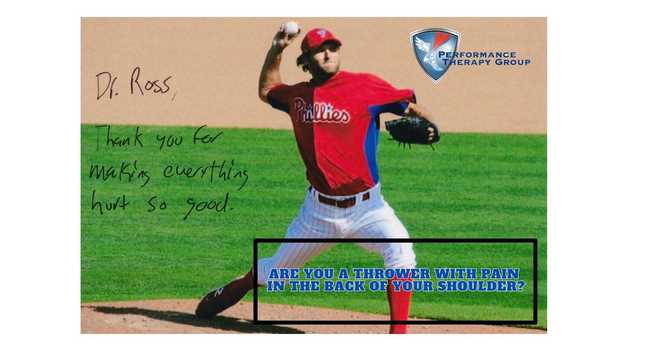
How Is The Treatment Performed For Psoas?
When working the iliacus or psoas, you are typically laying on your back so the tension in the muscles from standing and gravity are relaxed. Typically, I would put the muscle into a shortened position which for the psoas means the doctor bringing the leg on the side of interest up into a passive 90/90 degree angle. Having the muscle in a completely relaxed and shortened position allows to clinician to feel where the areas of sustained tension are in the muscle. Once the tension has been found in the shortened position of the muscle, the clinician creates upward tension in the opposite direction of the action of the muscle. Keeping that tension and maybe even adding more pressure as the patient extends their leg and hip to fully lengthen the muscle and create a deep stretch.
Treatment of TFL and Glute Medius
In our office, what we would do to treat the TFL and glute medius is to first start with trigger points. This is basically a way of searching the muscles and looking for the tension within the muscles that need to be loosened up. The treatment process is similar to psoas because we are just putting the muscles into a shortened position and then lengthening the muscles with clinician tension in the opposite direction. At-home treatment of these muscles can consist of using a foam roller. The idea will still be the same as finding the areas of tension as you sit on the foam roller and spending time rolling over that area. Typically, the area to roll with the foam roller will be the greater trochanter which is the body part that sticks out of your hip, and the iliac crest which is the top of your hip bone. If you feel like a foam roller does not get enough tension out of the muscle, then a lacrosse ball would be the next item to try.






